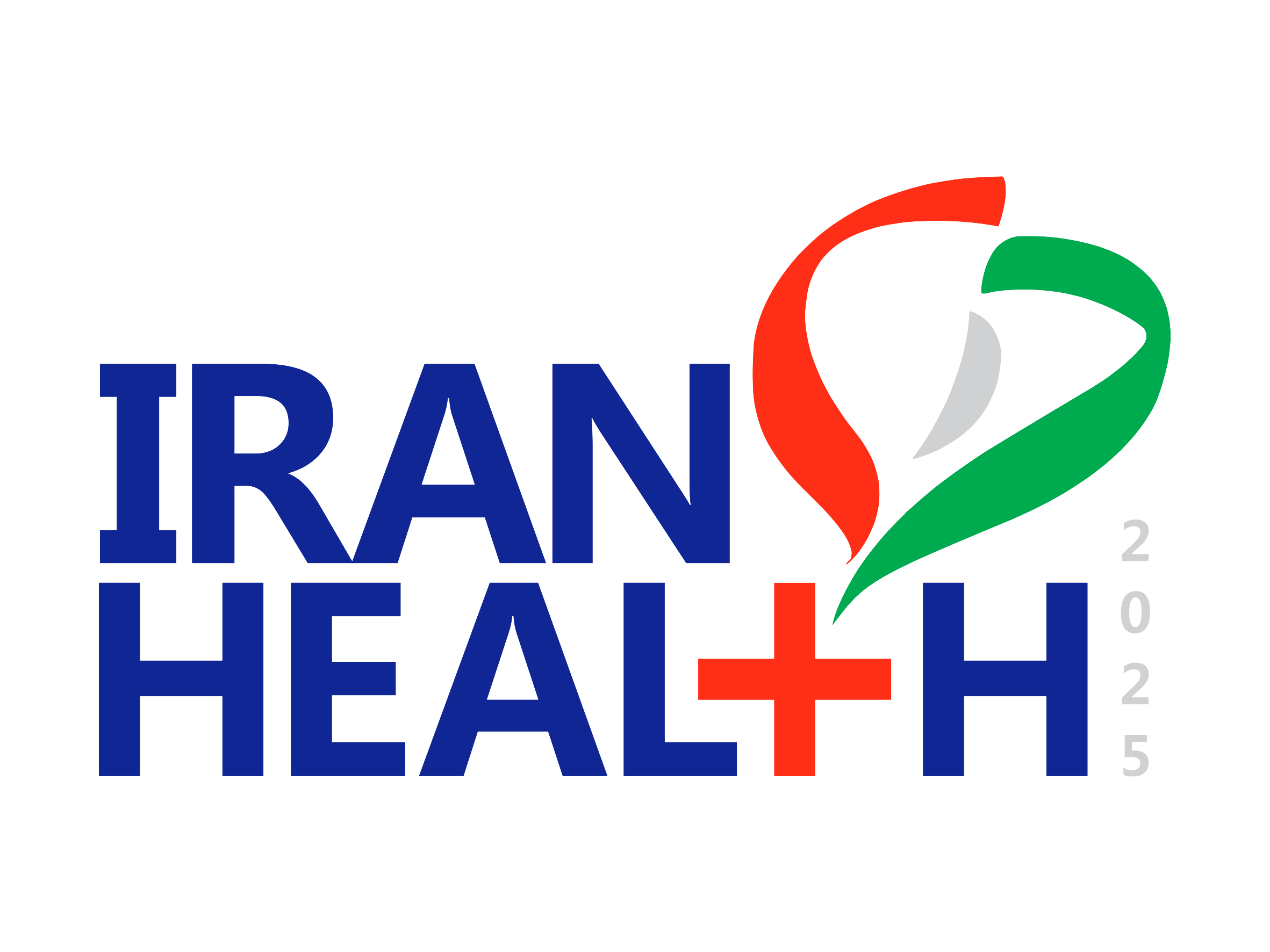Iran Health Exhibition: A Launchpad for Domestic Manufacturers to Global Markets

At the second press conference for the 26th Iran Health Exhibition, Mehdi Pirsalehi, Head of the Food and Drug Administration, announced that over 70 percent of the country’s medical equipment needs are met by domestic production. He emphasized that Iran Health 2024 has become a platform for showcasing technological capabilities and expanding exports.
Pirsalehi highlighted the importance of the event for presenting local achievements and boosting both domestic and international business interactions. Despite challenges such as multiple exchange rates, significant progress has been made in medical equipment manufacturing, and there is substantial export potential that requires strategic planning to be fully realized.
According to Iran’s Seventh Development Plan, the country aims to achieve $1 billion in medical equipment exports, and Iran Health is expected to play a pivotal role in reaching this target.
Pirsalehi noted that, while this year’s national slogan focuses on “investment for production,” the necessary infrastructure is not yet in place, and manufacturers continue to face tough conditions. He identified access to foreign currency, liquidity, and price system reforms as the main pillars of production sustainability. The elimination of the 42,000 IRR preferential exchange rate in favor of the 28,500 IRR NIMA rate has sharply raised production costs, creating an urgent need for financial resources for manufacturers.
So far, none of the proposed financial support measures, such as bank loans or foreign currency credit purchases, have been implemented. Pirsalehi warned that, as of May this year, not a single dollar has been allocated to companies, and the continuation of this trend could lead to serious shortages in pharmaceuticals and medical equipment. He called for an updated pricing system reflecting real production costs, exchange rates, and inflation, and stressed the need for adequate insurance coverage to prevent undue financial pressure on patients while enabling greater support for domestic production.
